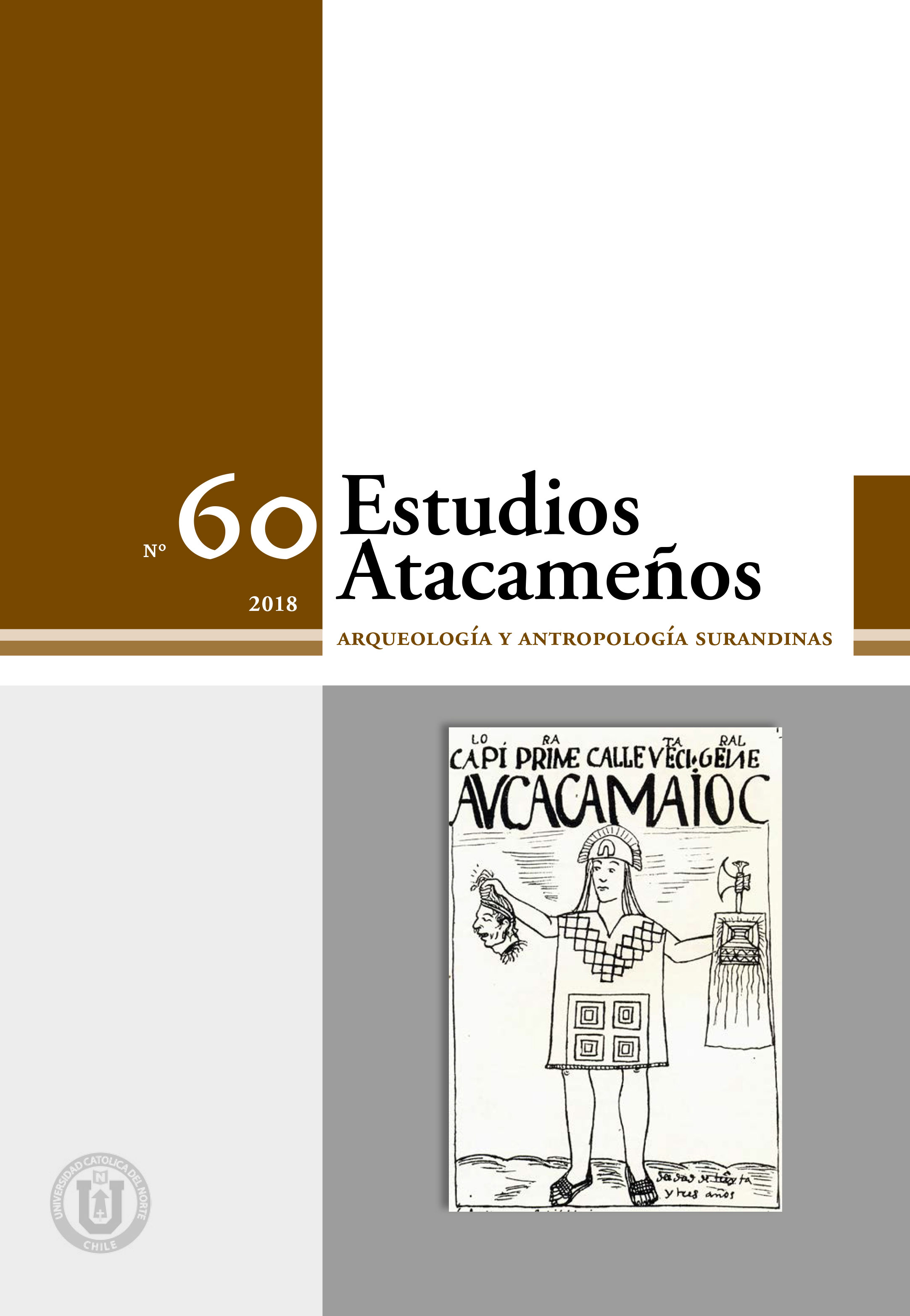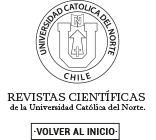The use of camelids and morphometric variability in the northern sector of Humahuaca Quebrada. The Condor II archaeological site (Jujuy, Argentina)
Keywords:
Condor II, camelids, osteometry, JujuyAbstract
In this paper, the results of the analysis of a zooarchaeological sample from the
archaeological site Condor II are presented. The site is located in the upper part
of Cóndor Quebrada (Humahuaca, Jujuy). The sample comes from two levels of
human occupation dated by radiocarbon in 1130 and 960 BP, which falls within
the Regional Developments period I (PDR 1) (ca. AD 900-1250), of the widely used
regional periodization.
The sample analyzed is characterized by a predominance of bone specimens
corresponding to South American camelids. Because of this, in addition to the survey
of anthropic marks, a traditional osteometrical study, based on measurements taken
on first and second phalanges of this taxon, is carried out. The goal is to preliminary
assess the presence of wild and/or domestic species in the site.
Downloads
Downloads
Published
Issue
Section
License

All works published in Revista Estudios Atacameños (ISSN on line:0718-1043) Revista Estudios Atacameños Creative Commons International 4.0 attribution (CC BY 4.0) licence.
Authors remain the owners of their work and may republish their articles elsewhere without having to request permission, as long as they indicate that the work was originally published in Revista Estudios Atacameños (ISSN on liine:0718-1043).












